Your Cart is Empty
Customer Testimonials
-
"Great customer service. The folks at Novedge were super helpful in navigating a somewhat complicated order including software upgrades and serial numbers in various stages of inactivity. They were friendly and helpful throughout the process.."
Ruben Ruckmark
"Quick & very helpful. We have been using Novedge for years and are very happy with their quick service when we need to make a purchase and excellent support resolving any issues."
Will Woodson
"Scott is the best. He reminds me about subscriptions dates, guides me in the correct direction for updates. He always responds promptly to me. He is literally the reason I continue to work with Novedge and will do so in the future."
Edward Mchugh
"Calvin Lok is “the man”. After my purchase of Sketchup 2021, he called me and provided step-by-step instructions to ease me through difficulties I was having with the setup of my new software."
Mike Borzage
The Edge: Adrian Crowther, Engineering Ideas
November 01, 2013 6 min read

Novedge: Tell us a bit about who you are and what you do
Adrian Crowther: To my parents' despair I was the type of kid that used to take everything apart just to see how it worked. I carried that mentality through to adulthood and cannot help to ask how and why when I observe the built environment we all live in: how does that structure work and more importantly, why is it there?
I grew up in the UK and after leaving school I initially took a vocational path with a steel fabrication apprenticeship. Once qualified, I switched back to academic studies and graduated from the University of Newcastle upon Tyne with a Masters in Civil and Structural Engineering and started my career as a consultant engineer with Arup. I moved to America in 2009 to work on the California High Speed Rail project from our LA office before moving to the Bay Area in 2011, again with Arup. Training and working as an engineer has given me tools to deconstruct the physical world we live in and that helps me appreciate how our cities and infrastructure function. The interconnectivity and fragility of everything that sustains us fascinates and scares me in equal measure. Those that know me would not hesitate to categorize me as a geek of some sort.
Novedge: What is your typical day like?
Adrian Crowther: One of the things I really enjoy about my current role is the variation and diversity of my days. I work for our downtown San Francisco Office but, depending on the project, its location, or even the stage it is at, will heavily influence my day. For example, a sculpture I engineered was being fabricated in a workshop in Denver recently so I worked out of their facility for a few days to help expedite the project. Another example is the High Roller which is a project that has been ‘on site’ for over 18 months during which I have been back and forth to Las Vegas numerous times to feed in to the Client and Contractor coordination sessions.
When I am full time in the office I am usually working within a design team developing project deliverables such as permitting packages and design drawings or exploring new opportunities for the team to get involved in. Earlier in the year I travelled to Papua New Guinea to undertake seismic assessments on numerous properties in Port Moresby to estimate their resilience to a large scale event. So as you can see, even a typical day can vary significantly.
Novedge: You are working on the "world's largest bicycle wheel". Can you talk about the High Roller project?
Adrian Crowther: The High Roller in Las Vegas has pretty much been my professional life for the past two years and when complete, it will be the world’s tallest Giant Observation Wheel (GWO) at 550’ tall.
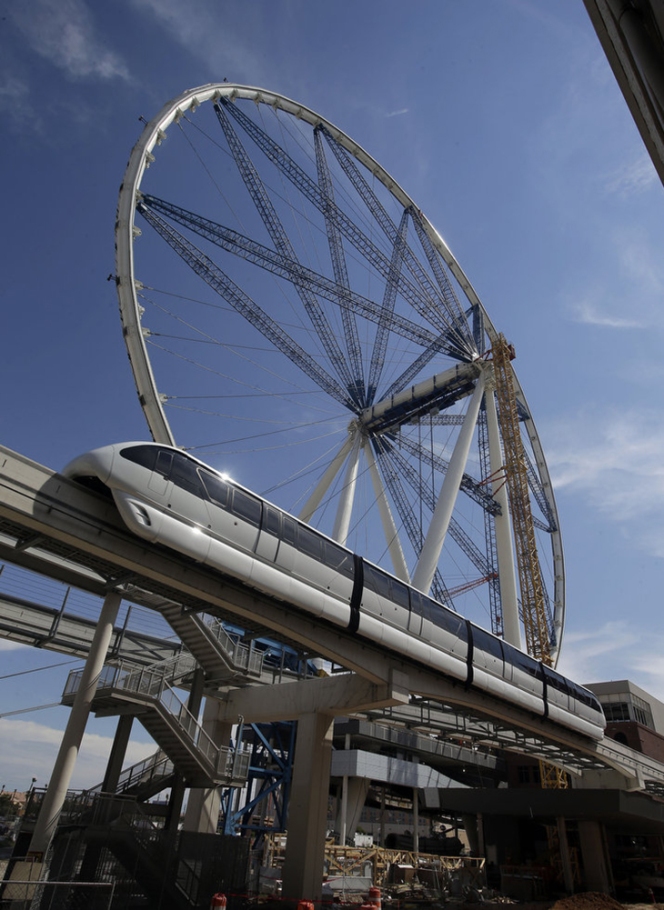
I joined the design team here in San Francisco just as the detailed design stage was starting and have been involved with it at every stage since. It has been a real pleasure watching the design come to life in such a short period of time. As of writing this the rim is now complete and the temporary struts required for the erection are being removed. This is the official website.

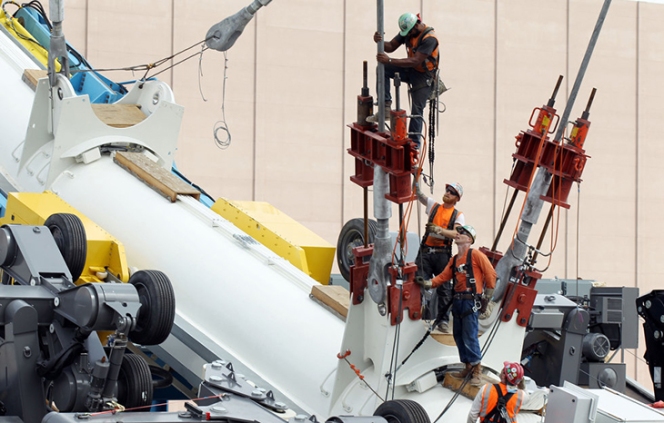
Although GOWs look similar to Ferris Wheels and serve the same purpose (rider enjoyment), they work in a completely different way. A traditional Ferris wheel is analogous to a wagon wheel with relatively thick spokes that can resist being pushed and pulled (compression and tension), whereas a GOW has relatively thin spokes (cables) that only resist tension and are therefore more akin to the humble bicycle wheel. The cable spoke design is far more efficient and gives a superior fatigue performance during its service life. Both the London Eye and Singapore Flyer are precursors to the High Roller.
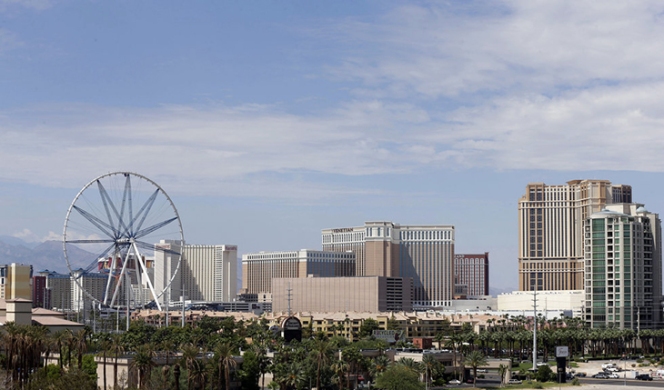
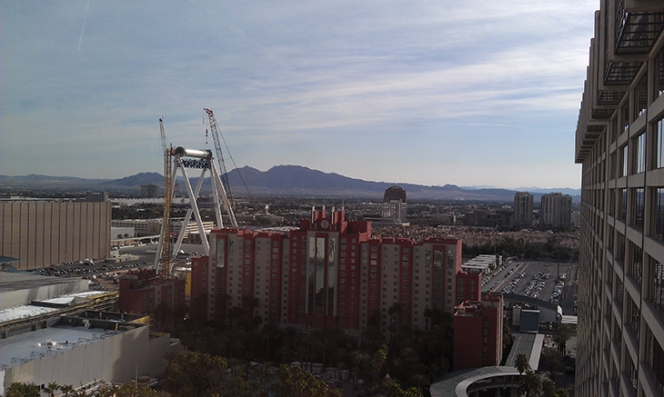
Another key difference is the cabins that people ride are always ‘outside’ of the GOW rim which gives the rider a floating sensation at the very top as they are physically above the structure supporting them. Compare that with a traditional cabin/seat on a Ferris wheel that ‘hangs’ below the structure at the top of the ride which can impede the view and detracts from the sensation of floating through the air. To avoid the cabin floor of the boarding position becoming the ceiling at the highest position as the wheel rotates, each cabin requires its own stabilization system which a more traditional Ferris wheel can live without. As a keen cyclist (MTB) I get a real buzz from knowing that although GOW’s are incredibly complicated pieces of machinery, the reason they work as a structure can be distilled down to the same basic concepts that make a bicycle wheel work.

Novedge: What is another recent project that you worked on?
Adrian Crowther: I recently engineered an interactive sculpture called the Idea Tree which was commissioned by the City of San Jose Public Art Program to reside outside of the renovated San Jose Convention Center. To understand the interactive aspect it is best to view it on the designer’s website, Lifethings.

The Idea Tree’s canopy is supported by doubly curved circular hollow sections that grow out of the ground to a height of approximately 22’ and are inspired by the trunk of a strangler fig tree. The strangler fig trees support a 50’ wide canopy comprising three pairs of interconnected circles. Again the canopy is made from circular hollow sections and is laced together with 200+ cables supporting translucent polycarbonate leaves.
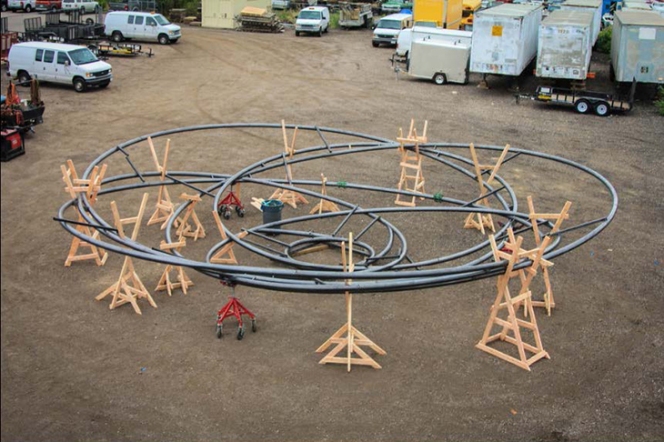
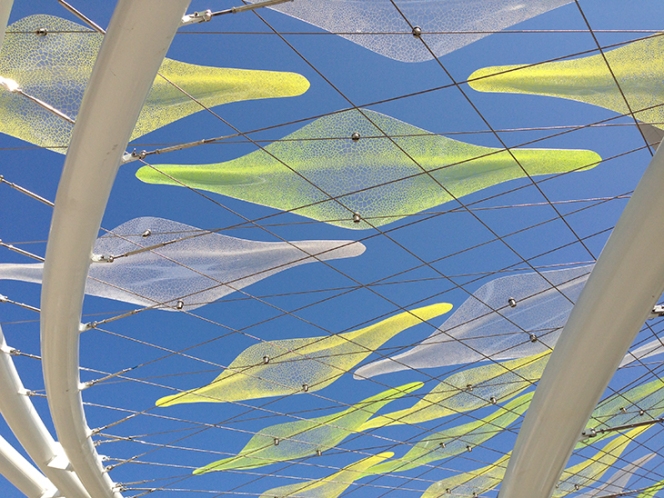
A structure this large, especially in a high seismic zone with human participation, warrants a building permit before it can be constructed. Lifethings approached Arup to see if we would be the Engineer of Record undertaking the structural analysis and developing the documentation required for the permit submittal and fabrication. We said yes and within a few weeks our small but dedicated team had the structural design and deliverables complete.
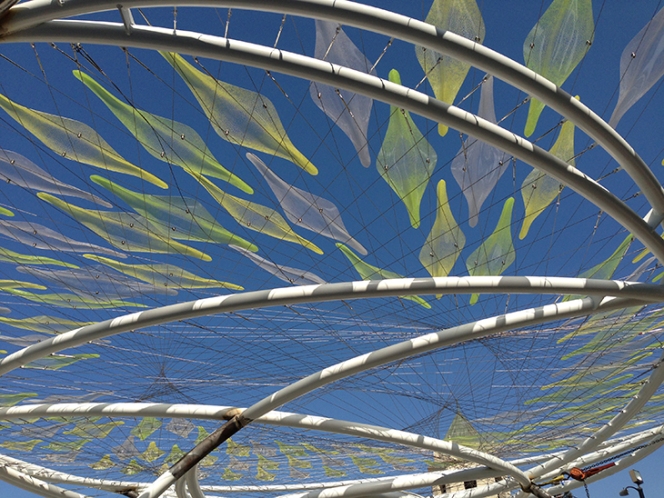
Novedge: What software do you use?
Adrian Crowther: For design, we typically use Rhino to develop, explore and communicate design ideas as the geometry can be easily imported into our analysis program GSA. GSA is developed in-house by our software group, Oasys and is commercially available. We can also link this to parametric design software (Grasshopper) to quickly optimize designs for variables like total weight, façade areas and various grid spacings the client is interested in exploring. Other analysis programs we regularly use are SAP, ETABS, LS-DYNA, Extract and RAM. When it comes to document production we typically use Building Information Models like Revit, Tekla or Navisworks. We also regularly use Microstation, AutoCAD and all the usual Microsoft software. For delivery we would typically use an FTP site i.e. Buzzsaw, Projectwise, 4-Project.
Novedge: How do you work with your team?
Adrian Crowther: I am fortunate to work with talented and motivated young engineers that are hard wired to seek technical challenges and responsibility. I am also fortunate to work with many experienced engineers that have been "around the block" many times and yet still retain the passion for a technical challenge. As a Senior Engineer, I try to bridge these two extremes. Finances aside, my opinion is a project is only truly successful if your client would still choose you if they could go back in time and start the same project over again. With that in mind, I try and balance the skills and knowledge within the team and be the outward facing focal point of delivery.
Novedge: What innovations do you find most exciting in your field?
Adrian Crowther: One of the innovations that excite me is the development of analysis software and I think we are on the cusp of significant change. I think before long we will have software that can generate analysis models through a combination of key strokes, hand motions and voice control. This software will then sensibly mesh model surfaces for analysis and optimizes for any desired parameter e.g. cost, weight, square footage, energy consumption etc. The computational power for analysis will be accessed via cloud-based servers making current clusters obsolete.
The result of all this is anyone with internet access and a competent mobile device will be able to analyze any building or structure they can conceive. Another innovation that excites me is the introduction of new materials. Currently the go to materials are steel, concrete and timber, whose properties are well documented and codified. As composites develop we will have access to much lighter structures which will invite new engineering challenges. Also memory materials that are able to sustain large deflections but then self-restore will potentially open the door to new design philosophies.
Adrian Crowther is a Senior Engineer at Arup. You can see more of his work on the High Roller in Las Vegas here and on the Idea Tree here.
And don't forget to like Novedge on Facebook!
Also in NOVEDGE Blog
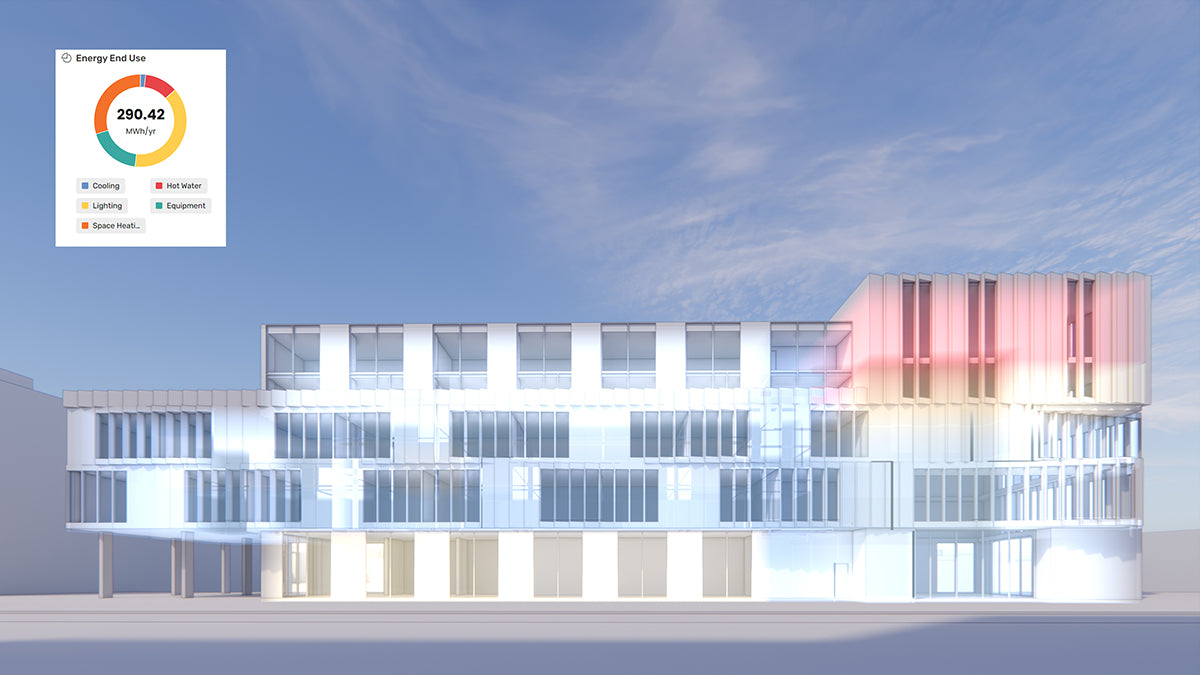
How the AEC Industry Shifted Towards Essential Sustainable Building Design
August 15, 2024 4 min read
Read More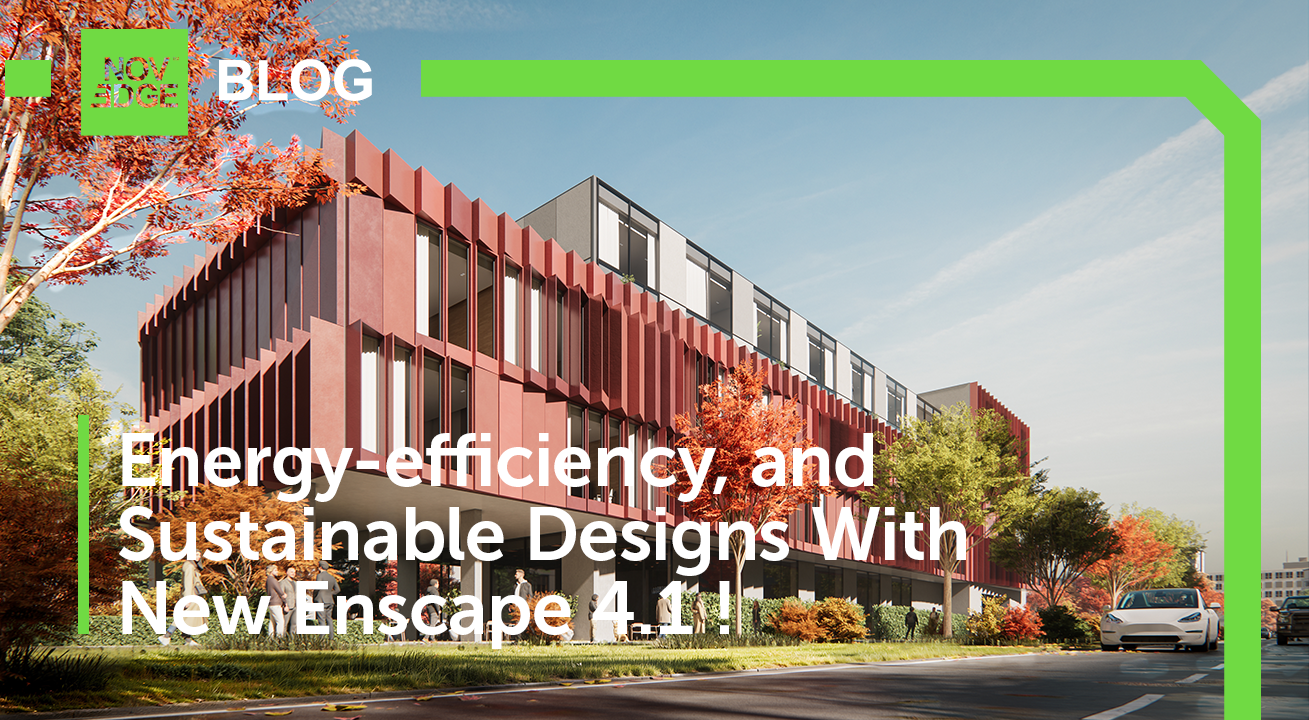
Unlocking New Realms of Design with Enscape 4.1: Introducing Impact Add-on and Lot More
August 02, 2024 2 min read
Read More
Explore Autodesk Revit 2025.2: New Features and Enhancements for Enhanced BIM Workflows
July 30, 2024 3 min read
Read MoreSubscribe
Sign up to get the latest on sales, new releases and more …


